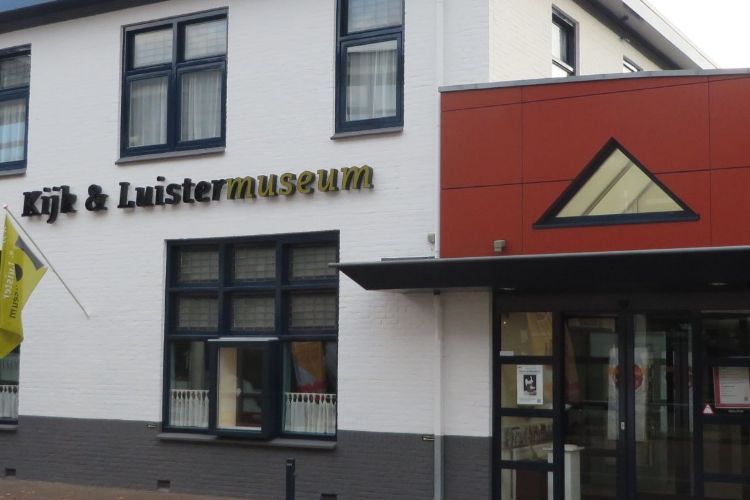Exhibition 'MOBACO ON TRACKS (MOBACO OP HET SPOOR)' in Kijk en Luistermuseum
With more than 60 models, historical sets and manuals, a Mobaco building corner for children (and adult children!), functioning trains, and much about the history of this lovely Dutch construction toy.
Mobaco was manufactured by the Dutch company N.V. Plaatmetaalindustrie van Mouwerik & Bal between 1924 and 1961, in Zeist, The Netherlands.
Moubal, as the company was commonly known, was a manufacturer of sheet metal products. Story has it that a few times a year they would clean their heavy, oily machines and stamp Mobaco parts.
Starting in 1949, Jumbo, a toy and puzzle company, took over sales and marketing. They redesigned the sets and manuals, added a few parts and turned it into more of a mass market product. The parts were still made by Moubal.
With the advent of Lego, interest waned. In 1962, Mobaco was discontinued, and in 1981 Moubal closed doors. Unfortunately, their archives were lost. Which makes it difficult to put together an accurate history...
THE SYSTEM
The Mobaco system consists of square wooden posts of various lengths that fit into evenly spaced holes in a thick fiberboard base board. The posts have slots on all four sides, into which slide dense cardboard panels. The panels have different colors, and are either solid or have window or door cut-outs of various shapes.
Structural rigidity comes from horizontal cardboard strips and floor plates that slide over the posts and rest on the wall panels. To make rigid corners and to make long walls stiff, two layers of these strips are installed, overlapping at seams and corners.
The system allows for pitched roofs. There are special gable ends and purlins that form the structural support for the roof. Opposite roof panels interlock at the ridge with hooks, and hang from the ridge beam. There are many roof panel shapes, allowing for complex roof designs.
With a limited number of parts, elaborate models can be made. Models are pleasing to the eye and have a distinct 19th century look. They are really easy to put together.

